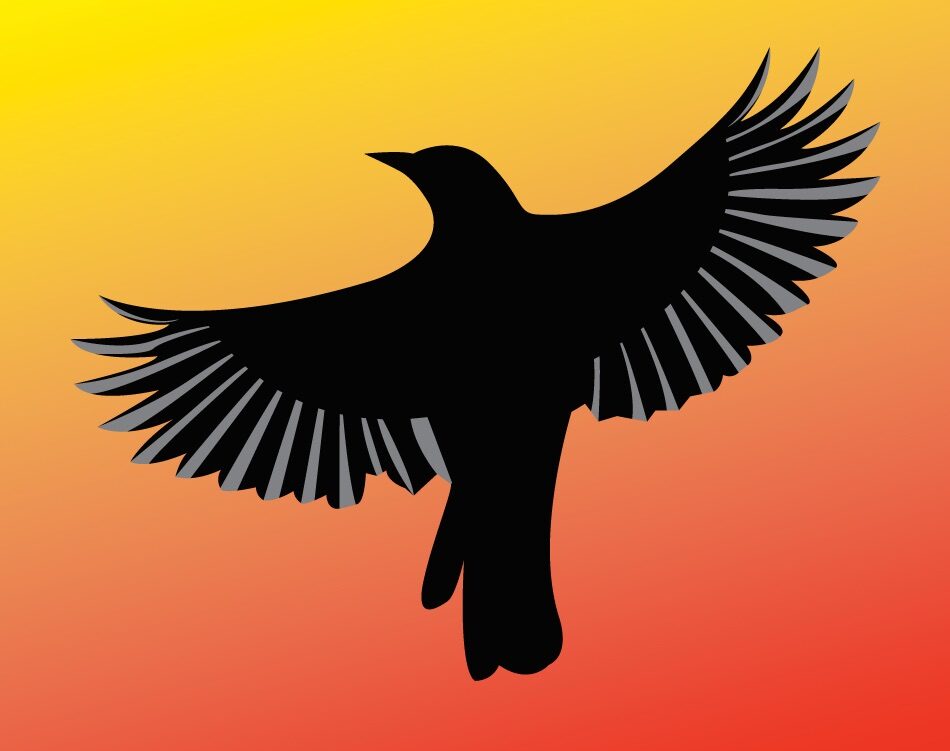How-to: Create a custom URL for your Goodreads author profile
A custom URL makes it easy for your readers to go directly to your Goodreads author profile. Even if they search for you by name instead, having a custom URL looks more professional than a generated one. And it takes mere seconds to set up! Prerequisites You have an existing Goodreads account. You’re a member…
